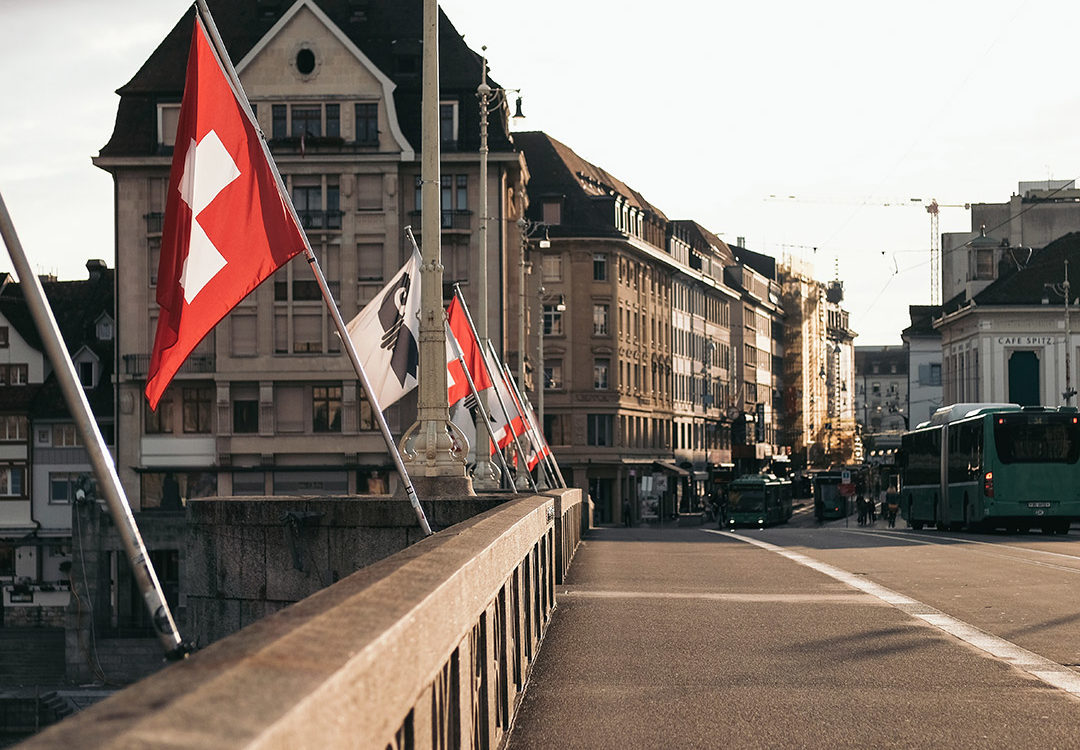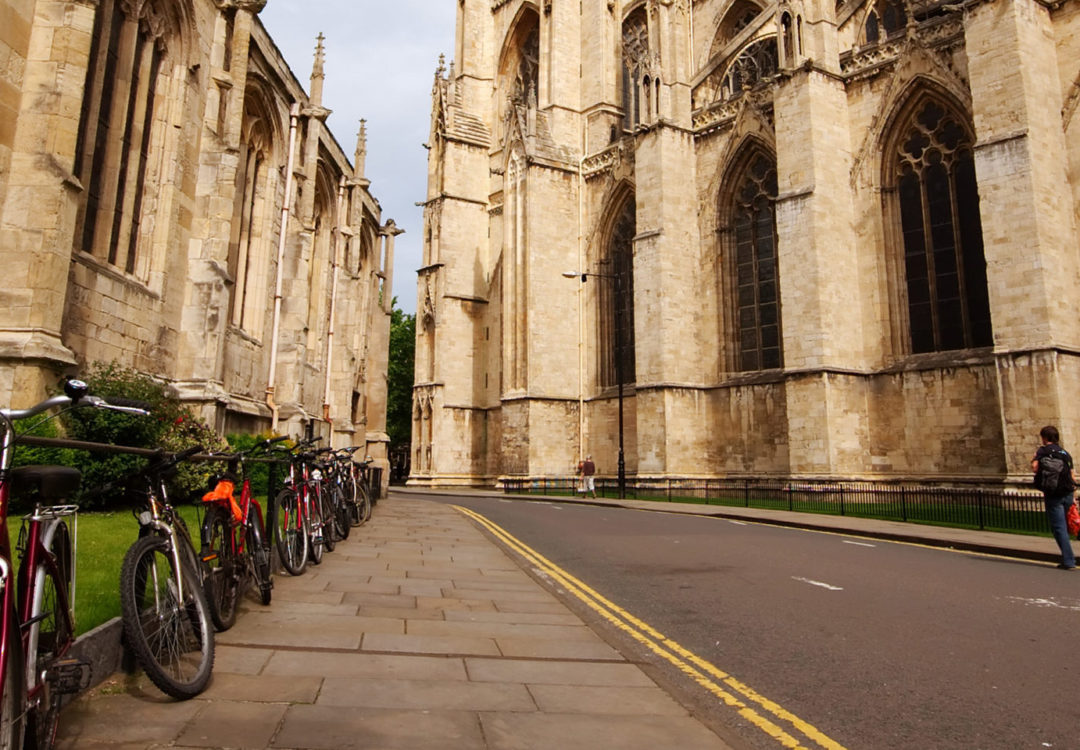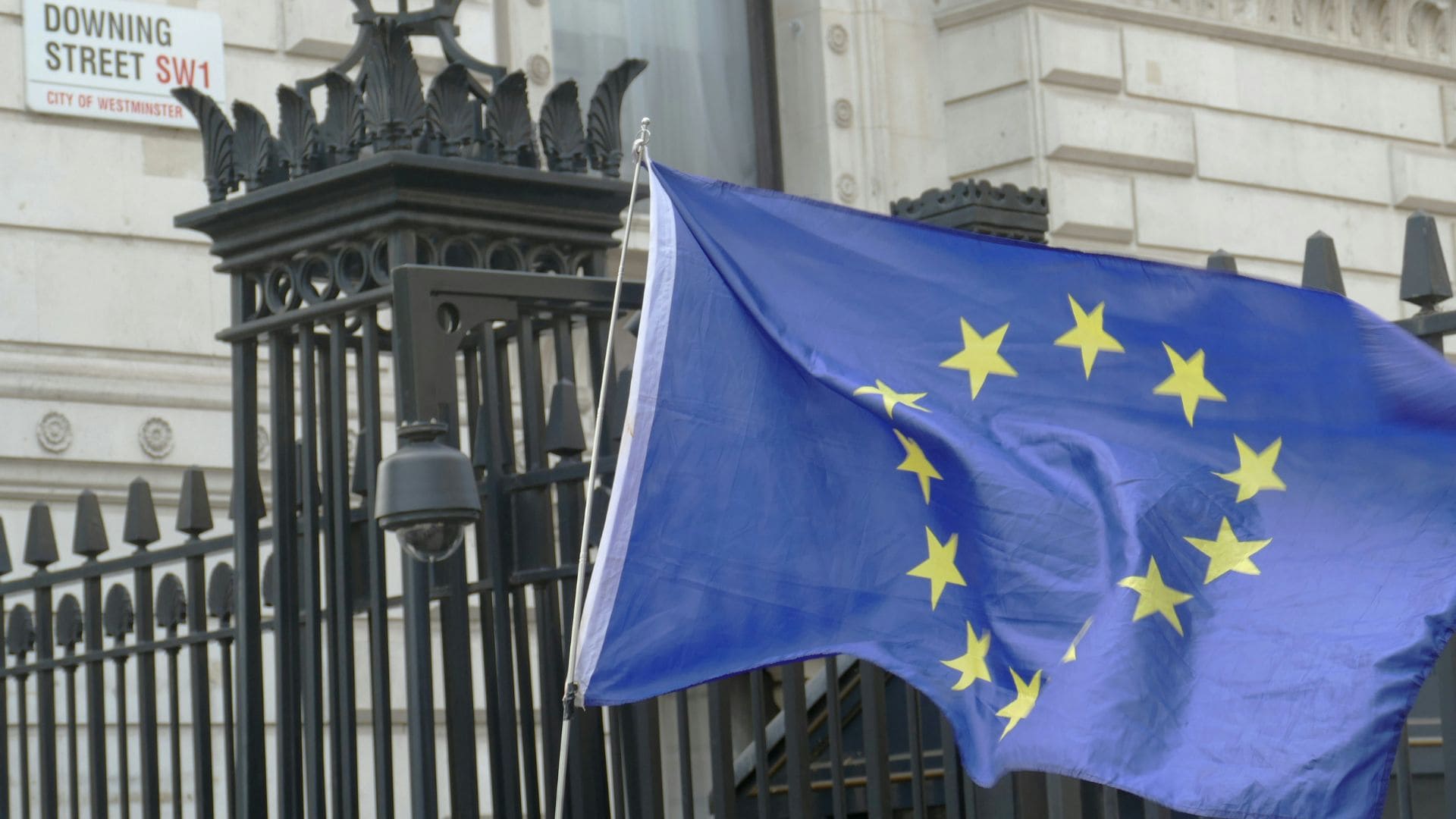Articles
Snap happy
März 2017
Tips on protecting your brand and your IP. “Snapchat”, the popular app which allows users to take and swap temporary photographs (aka ‘snaps’), offers a range of bespoke advertising options for brands. These include video ads which appear in the context of other snaps, branded geo-filters and sponsored lenses.
Many brands have had success using such Snapchat ads, particularly branded geo-filters and lenses. These filters, i.e. branded frames surrounding any snaps taken, are available for a limited time and can be restricted to particular locations, such as inside the brand’s store or close to an event they are hosting. The same applies to branded lenses which are more interactive filters which allow users to make animated videos.
Whilst such ads have been widely reported as being effective marketing tools for brands, there are a number of IP issues to consider before launching a Snapchat campaign. These issues should by no means discourage brands from using Snapchat’s services, but consider the following before allowing others to snap happy.
1. You are allowing others to use your trade mark.
This can be risky as you are letting go of some of the control you have over your brand, i.e. your monopoly to use your name and logos in relation to your products and services. Whilst this will generally be your customers or target consumers who won’t technically be trading under your brand, you are allowing them to take photographs featuring your brand which they are able to store and send to others without any supervision or regulation by you. Keeping an eye on customer usage of your filter to check that it is as you had intended and ensuring any campaigns and filters are current but not controversial should help to prevent any misuse by Snapchat users and any marketing mishaps.
2. You are providing Snapchat with a licence to use it too.
In signing up for a branded geo-filter or sponsored lens, you provide Snapchat and its users with a licence to use your brand for the run-time of the filter or lens, plus a period of 31 days thereafter. This is so that users who have un-opened snaps featuring your brand can open them for up to a month afterwards. However, you also grant Snapchat a licence to use your filter or lens featuring your brand ‘perpetually’ for the purpose of advertising, marketing and promoting Snapchat’s services. So, Snapchat will be able to refer to and use your branded filter or lens in order to promote its own services for the foreseeable future. Snapchat do have a separate set of Terms and Conditions relating to their ‘on-demand geo filters’ which provide full details of the licence brands give to them at clause 2.
3. You aren’t automatically allowed to use the snaps created using your filter.
Any snaps created using your filter or lens will be subject to copyright. The owner of this copyright will be the person who takes the photograph, i.e. the Snapchat user and not you. If you wish to use any images taken using your filter or lens you will therefore need to seek permission from the creator. They may require some form of payment, particularly if you plan to use this image as part of a large national marketing campaign off the back of the Snapchat filter or lens, and it is advisable to get any consent provided by the creator in writing, whether that be on a social media platform comment or by way of a more formal copyright licence agreement. If the consent is of a more informal nature keep a copy, for example a screen shot of the consenting comment on social media, on your records just in case you need to refer back to it in future.
4. Your filter will automatically have some IP protection, but do you need more?
Consider whether any element of your filter not already protected by registered trade marks or designs should also be protected, or even whether you wish to protect the filter as a whole. The look of your filter as a whole, if original, will automatically enjoy copyright protection as an artistic work. Should another party create and use on Snapchat, any other social media online or offline a subsequent ‘work’ which takes a whole or substantial part of your work, this use could amount to the infringement of your copyright rights. However, if elements of your filter or the filter as a whole will be used more widely, you may wish to consider registering these elements as a trade mark or a design. The filter itself will likely be more suited to registered design protection as a graphical user interface. Or, if your filter incorporates a new logo or icon, this will likely be suited to registered trade mark protection.
5. Also, ensure any elements of your filter don’t infringe the IP rights of other parties.
As you would with any marketing initiative, ensure that any new creative content does not infringe the rights of others. On Snapchat, copying the work of another party by incorporating their work or a substantial part of it in to your filter could leave you exposed to a copyright infringement claim, or, if your filter includes text similar to another party’s trade mark, a claim for trade mark infringement. Just because the snaps disappear, this doesn’t mean that your liability does too! Snapchat itself has faced allegations of copying from various make-up artists who have claimed that a number of Snapchat’s own (un-branded) filters have appropriated their makeup looks captured by photograph and posted on social media. In response to these claims, Snapchat stated that ‘the creative process sometimes involves inspiration, but it should never result in copying”, whilst also pledging to take internal action to prevent copying in its own filter creation. Clearance searching and taking advice in relation to any ‘inspiring’ images within the creation process of your filter should work to prevent any such claims.






























